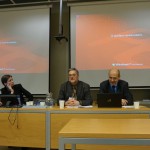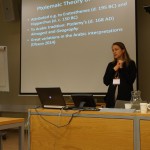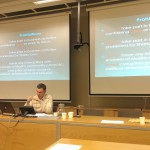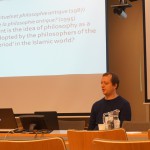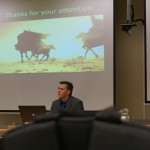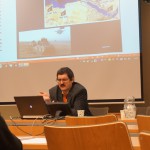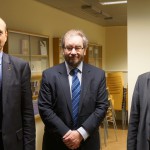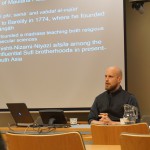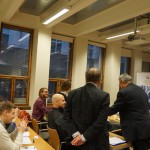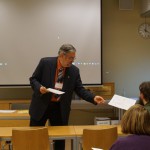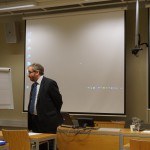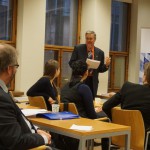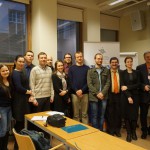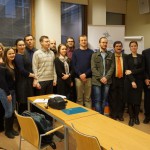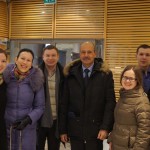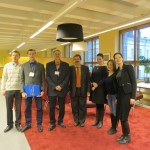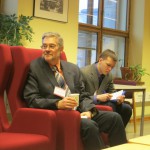On February 19-20, 2015 at the University of Helsinki, was held the conference ” A Meeting of Scholars and Scholarships: Middle Eastern and Islamic Studies in Helsinki and St. Petersburg”. The conference was organized by the Helsinki Collegium for Advanced Studies (HCAS) and the Research Laboratory for Analysis and Modeling of Social Processes, St. Petersburg State University. The conference was designed and organized by the Head of the Laboratory Alexander D. Knysh.
The meeting began with welcoming introductions by Alexander D. Knysh, Oleg Ivanovich Redkin, Head of the Department of Arabic Philology and professor at the St. Petersburg State University and Jaakko Antila Hamina, a professor of Middle Eastern Sudies at the University of Helsinki. The introductions were followed by presentations by twelve scholars from Finland, Sweden, and Russia.
The format of the conference allowed participants not only to present their investigations to their colleagues, but also to respond to questions and receive comments and additions which are will be of great use to the presenters in their future work.
The conference focused on such diverse topics as “Approaches to the Phenomenon of Graffiti in the Arab World”, “New Findings of Early Arabic Graffiti from the Hizma”, “Suhrawardī for the Sultan: Muṣannifak’s Ḥall ar-rumūz wa-kashf al-kunūz “,” How a Legend is Constructed: Bahrām Čubin in Persian and Arabic Historiographical Writings from IX-XII Centuries”, “Climatic Theory and Geographical Worldview of Ibn al-Faqih al-Hamadhani”,”A Taxonomy of Islamic Finances: Creating a Distinct Identity”,”Working with Manuscripts of the XV-XVII Centuries in the Ottoman Language: Approaches and Methods”,” Philosophical Practice in Classical Arabic Philosophy”, “Saudi literature Between Protest and Conformity”,”The Image of the Ideal Mujahid in Radical Islamic Publications”,”Islam, Political Islam, Islamism : Multiple Terms and Realities for Study”,” Vujudi Themes in the Poetry of Shah Niyaz Ahmad Barelvi (1742-1832). Thus, was covered a significant historical period (starting from the VIIIth century AH and ending with the modern period) and extensive geographical area (from North Africa to India).
We hope that this meeting ushered in the beginning of a fruitful cooperation and academic relations between our two universities. We are grateful to our colleagues for their hospitality and look forward to new creative meetings!


